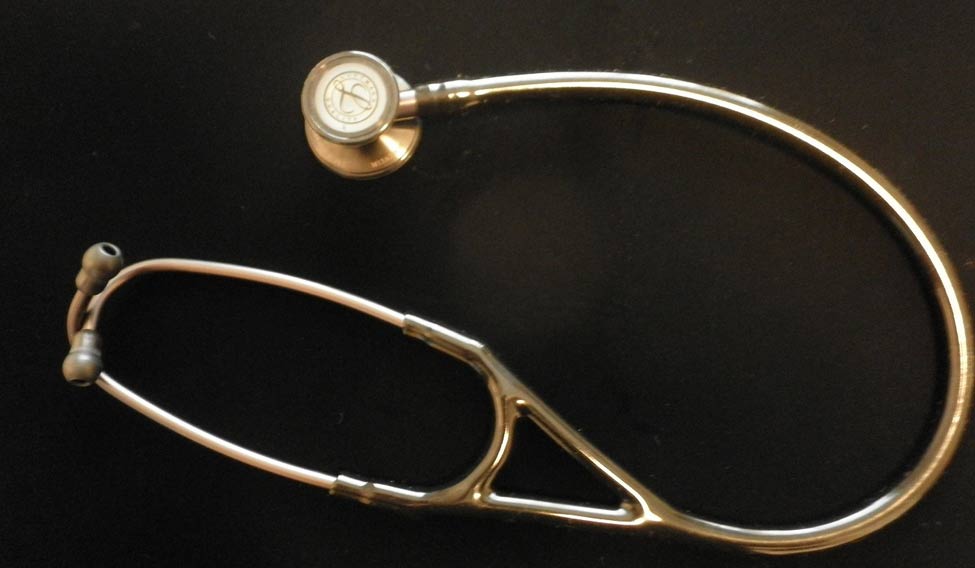Only a few people in rural India get their blood pressure checked regularly, preliminary findings of a new study suggest.
Titled Control of Hypertension in Rural India (CHIRI), the national level study is being conducted by The George Institute for Global Health, India, to estimate the prevalence, awareness and treatment of hypertension, and identify barriers in diagnosis. A preliminary analysis of the data collected suggests that awareness levels around blood pressure were really low among rural Indians.
“Very little is known about the emergence of hypertension in rural India, where 70 per cent of the Indians live," said Pallab Maulik, deputy director, research and development, at The George Institute for Global Health. “People should get their blood pressure checked regularly, and we need to know what prevents them from doing so,’’ he added.
The CHIRI study is part of a “co-ordinated funding effort” by member organisations of the Global Alliance for Chronic Diseases (GACD) on hypertension prevention and control in low and middle-income countries.
According to the Journal of Hypertension, high blood pressure is ranked as the third most important risk factor for attributable burden of disease in south Asia, and is directly responsible for 57 per cent of all stroke deaths and 24 per cent of all coronary heart disease (CHD) deaths in India.
A closer look at the National Family Health Survey (2015-2016) suggests that low levels of awareness about blood pressure in rural India could have serious consequences. In some states such as Goa and Kerala, the survey found more people in rural areas had slightly above normal blood pressure levels than their urban counterparts.
In Goa, 14 per cent men in rural areas had slightly above normal blood pressure, while the corresponding figure for urban Indian men was eight per cent. In Kerala, 9.3 per cent men and 6.1 per cent women in rural areas had above normal blood pressure, whereas the figures for their urban counterparts stood at 5.6 per cent and 4.8 per cent respectively. The survey classified “slightly above normal” BP as those whose systolic pressure was 140-159 mm of Hg and/or diastolic was 90-99 mm of Hg.
The Centre is also intensifying its efforts for early diagnosis of diseases such as hypertension. The Ministry of Health and Family Welfare has identified 100 districts where a programme of universal screening for non-communicable diseases will be launched soon. People who are 30 years old or above
will be tested for hypertension, diabetes and three types of cancer.




